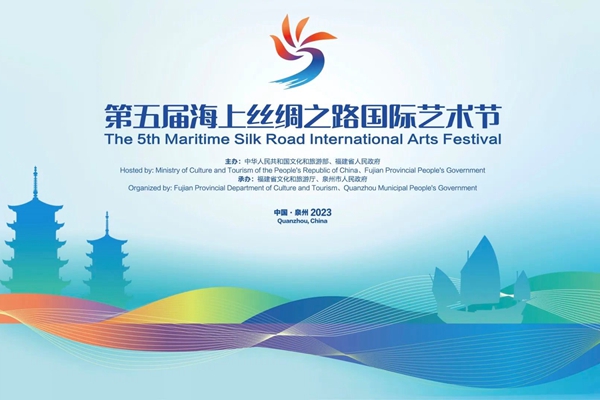Need for green nod before and after project

Anping Bridge spans the bay bordering Jinjiang and Nan'an county-level cities in Quanzhou. [Photo provided to chinadaily.com.cn]
Quanzhou, a city in Fujian province, has launched a pilot project putting greater emphasis on after-event monitoring than on before-event approval when assessing an enterprise or project's environmental impact. The idea is to address the problems caused by procedures that are reversed.
Over the past year, Quanzhou inspected and canceled 322 projects whose environmental assessment had been approved, which is 8.1 percent of the total number of projects launched during the period.
The provincial environmental watchdog recently issued a guideline document, saying the authority will change its environmental assessment mechanism from strict before-event procedural examination and approval to strict after-event monitoring and supervision. The pilot program is now being extended from Quanzhou to the rest of Fujian.
For many enterprises or projects, environmental assessment is an inescapable reality. Traditionally, environmental assessment is a necessary precondition for the formal start and operation of relevant enterprises or projects. Only after receiving positive or basically positive environmental assessment can enterprises or projects gain a "green permit" for next-step operation.
Admittedly, environmental assessment plays a positive role in ensuring that related enterprises or projects improve their environmental protection mechanisms and facilities to reduce pollution. However, strict before-event examination and approval but loose after-event supervision has given rise to a series of problems.
For example, to obtain a once-and-for-all "green permit", some enterprises or projects take temporary measures to meet the required standards or even resort to illegal practices such as buying off the supervisors. After clearing the environmental assessment, however, they are known to lower their environmental protection standards or greatly relax them.
So an enterprise may face no environment problems in the beginning, but many problems could emerge later. That means a static environmental assessment mechanism cannot accurately gauge the dynamic environmental impact of an enterprise or project, and such a once-and-for-all environmental assessment model should be discarded and a more scientific model adopted in its place.
In this sense, the practice adopted by Quanzhou and now the whole of Fujian province will help plug the environmental assessment loopholes, and achieve better environmental protection effects. It is hoped that other regions can learn from Fujian's experience.

 5th Maritime Silk Road International Arts Festival
5th Maritime Silk Road International Arts Festival 